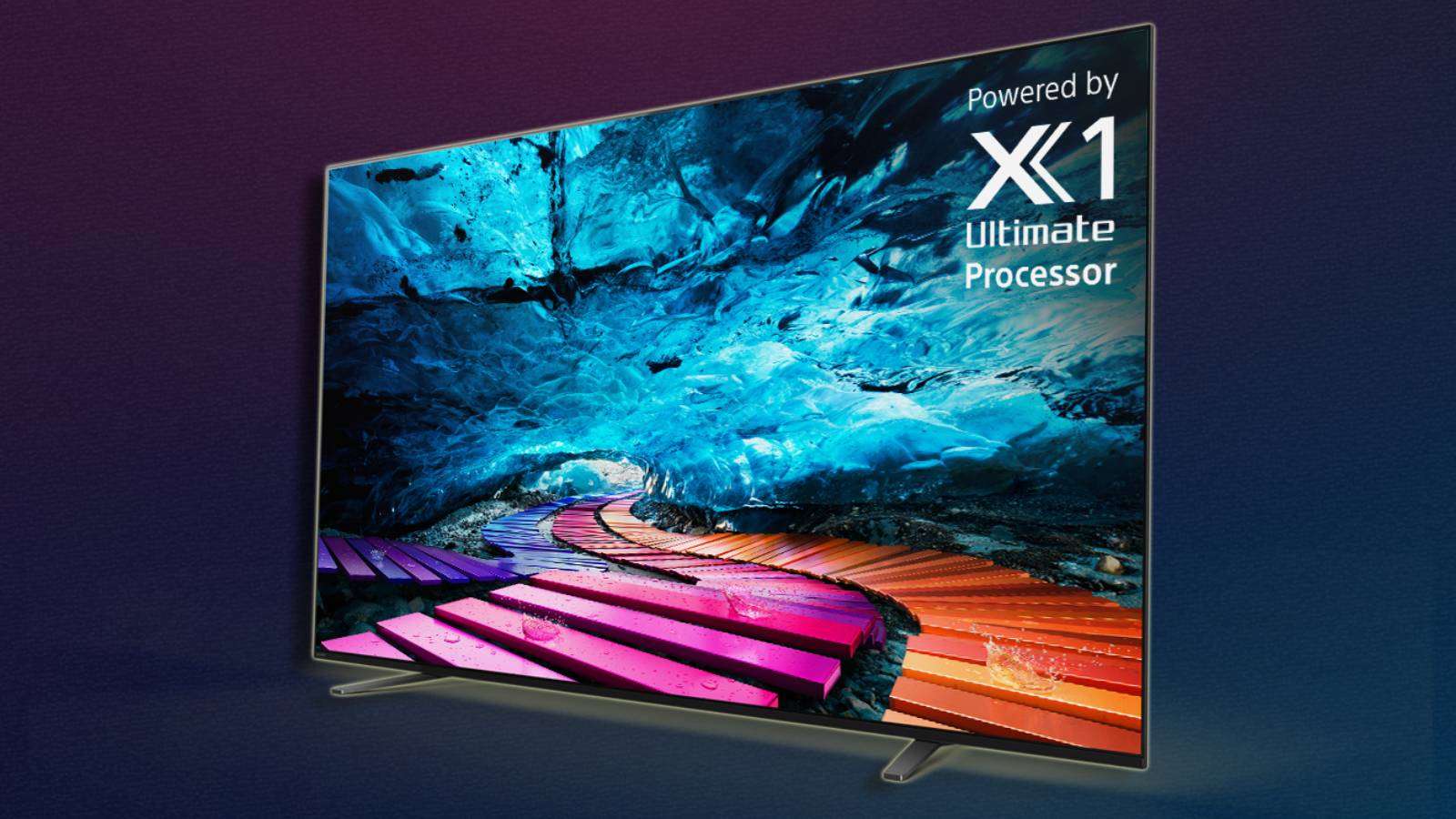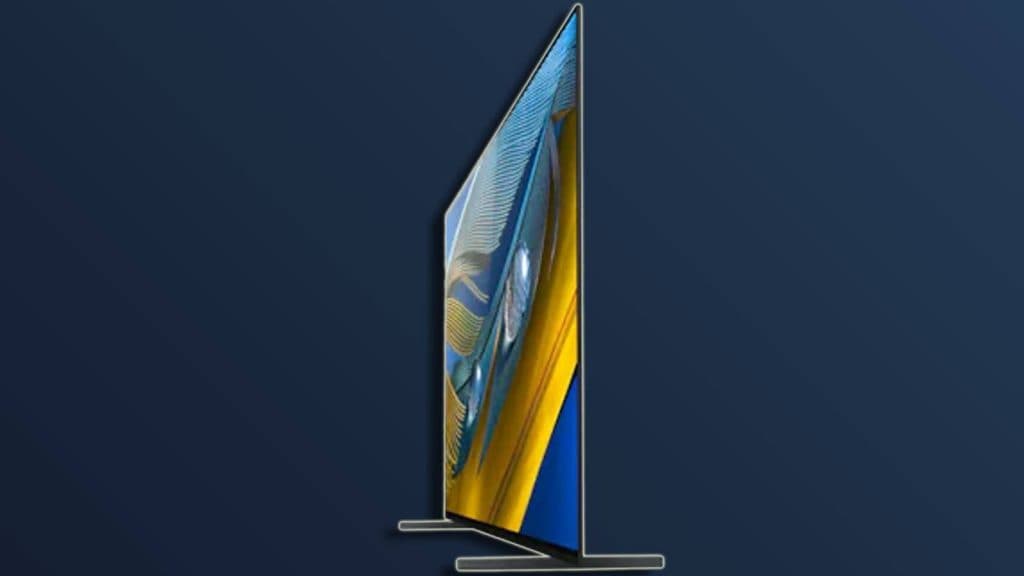Everything you need to know before buying an OLED TV
 Sony
SonyAre you looking to get an OLED TV for your home? If yes, this guide helps you understand the most important things when shopping for an OLED TV.
Whenever you’re planning to upgrade your home entertainment setup, upgrading your TV to an OLED TV remains the top priority.
Unlike a regular smart LED TV or a QLED TV, OLED TV has many distinct advantages – including the premium build quality, features, form factor, and a visual treat that trumps almost everything else.
Of late, OLED TVs have become highly affordable. If you scour the internet, you might find a deal that entices you to hit the buy now button impulsively.
Apart from the overall premium feeling attached to an OLED TV, these are a favorite amongst users because of their color reproduction. Deeper blacks and vibrant colors make the images and content pop out as if they’re alive.
Organic light-emitting diodes or OLEDs can be individually controlled, and each OLED pixel can produce colors and light individually, thus resulting in a way better contrast than any other display panel.
That said, not all OLED panels are the same, and OLED panels have some drawbacks too. So, knowing what you’re getting into before committing to a purchase is essential. This guide helps you better understand OLED TVs and lets you decide which TV you should buy.
Brightness still trails top-tier LCD/LED TVs
 Dexerto
DexertoRegardless of how dark the blacks are and how punchy the colors are, brightness is the weakest point of OLED panels. Unlike LEDs or LCDs, OLED panels struggle in environments with harsh lights, though you might never notice the same if the TV is installed in a dimly lit or slightly darker environment.
If you plan to place your new television in a sun-drenched living room constantly flooded with daylight, an OLED likely won’t shine bright enough to deliver satisfactory visibility. While today’s latest models have significantly improved brightness levels compared to first-gen OLED sets, their peak brightness still can’t eclipse the most advanced LED/LCD televisions using full-array local dimming with hundreds or thousands of zones.
So, for very bright viewing environments, ultra-bright LCD/LED sets remain best for combating washout. Just don’t expect their black levels and contrast to match OLED levels.
Is Pixel burn-in still an issue?
Pixel burn-in is among the most common issues that deter people from picking up OLED TVs. For those unaware, burn-in is caused by a static image being displayed constantly at a specific spot, for example, the logo of a channel, a scorecard, or a particular wallpaper repeatedly used for an extended period.
This can cause a “burnt-in” image to show up at the same spot even after you change the program or content of the TV. This is a temporary issue, and the ghost image disappears after some time. However, it becomes permanent if the pixels retain the image.
Burn-in is an issue with all OLED panels regardless of where it is used – phones, gaming consoles, tablets, TV, or others.
However, burn-in is likely to happen with something other than normal usage. Most modern OLED TVs come with inbuilt features, including screen shifts, refresh cycles, variable power usage, and auto-dimming that controls the maximum brightness of light-emitting diodes, limiting burn-in.
If you’re going to use the TV as a regular user who keeps flipping the channels or watching a variety of content, you’re not likely to face any burn-in issues on the TV.
Nonetheless, be sensible in avoiding static imagery by varying content, using screen savers for idle displays, and limiting max brightness levels – reasonable care is still recommended.
Check connectivity ports or their location
 Sony
SonyOne of the biggest highlights of an OLED TV is that they can be very thin. Since these panels do not require a light source from behind, they can be so thin that you can stick them up on a wall like a calendar or roll them down (not all of them, though).
While the display part is impressively thin, all other components are stacked up in a small console behind the TV, which means that you might face an issue with a lack of ports or their position.
A limited number of ports can seriously impact your experience, as you might not be able to connect all your external devices.
Similarly, if the connectivity ports are not easily accessible, you might face many issues connecting or removing devices. Before falling for the immersive looks and design, make sure that you check the number of ports you require and their location on the TV.
To maximize your investment long-term rather than face premature obsolescence, ensure any OLED TV you buy includes full HDMI 2.1 compatibility rather than outdated 2.0 ports. That guarantees readiness for blazing fast 4K/120fps gaming from consoles like the PS5 and Xbox Series X, along with uncompressed Dolby Vision HDR video.
While not all content taps into cutting-edge bandwidth, next-gen HDMI 2.1 paves the way for forthcoming 8K/60fps feeds. Without it, your OLED can’t fully realize emerging formats. Supporting eARC also guarantees future lossless surround sound integration. Don’t get stuck with dated specs limiting possibilities behind the curve.
OLED TVs are still a premium
Unlike LCDs or LED TVs, OLEDs are still costly. You can get a budget smart LED TV for under $200, while a decent one could be priced upwards of $500; however, you might have to shell out way more for an OLED TV. Budget OLED TVs are priced around $1000; the premium ones can go north of $2500.
If you have a limited budget, getting a premium OLED TV can cause a severe dent in your plans. Though you can also get older generation flagship TVs as they come with a lower price tag, you might have to compromise on the latest features or connectivity ports.
Some brands are known for aggressive price tags resulting from cost-cutting measures manifested in downgraded processor performance, lower peak brightness, and previous-generation panel designs that are more prone to image retention or other quirks.
For budget-conscious buyers, the savings outweigh minor quality differences. Just know budget OLED models cut corners to meet lower costs; peak performance requires paying extra.
Also, consider where the panels originate, as LG Display remains the lone manufacturer globally. So, while badge engineering exists, LG’s latest in-house panels generally outpace the panels it sells wholesale to competitors.
Choose larger sizes for an immersive experience
One of OLED’s calling cards is ultra-thin, sleek industrial design using wafer-thin panels measuring a few millimeters. Small to mid-sized OLED sets like 48” and 55” models hang flush against walls, almost like moving paintings.
Since OLED’s self-illuminating pixels radiate light uniformly across larger expanses, the “wow factor” viewing experience scales exponentially on big screens rather than shrinking displays.
To enjoy the cinematic experience, try getting TVs of 65 inches and up where the visual immersion shines best. Just prepare for proportionally higher prices, pursuing those largest screen dimensions currently topping out around 85 inches.
Good audio and high refresh rates are worth their weight in gold
Like most other TVs, most OLED panels have the highest refresh rate of 60 Hz. This is ideal in most scenarios, like watching movies or streaming content. However, if most of your time on TV will be spent playing games or watching sports, always consider getting a TV with a higher refresh rate. Higher refresh will help you enjoy smoother graphics and offer an immersive gaming experience.
Similarly, thanks to the slim form factor, the audio output from OLED TVs might not be as strong as you’d like. While you can add external speakers like a sound bar or a home theater system, that means additional hardware and dangling wires. Check out if the TV you plan to pick up has a powerful audio output and features like Dolby Atmos.
Summing it up
As mentioned, OLED TVs undoubtedly establish new standards around contrast, color, and black-level performance compared to traditional LCD/LED displays. The key considerations above help set proper expectations around inherent tradeoffs, balancing the pros and cons of OLED ownership for optimal satisfaction and reduced chances of frustration.
If what you glean gives confidence in matching OLED strengths with your needs and usage, their cinematic qualities should provide many years of mesmerizing viewing.